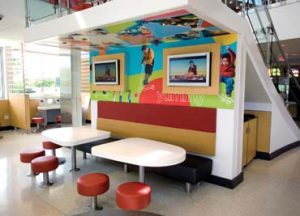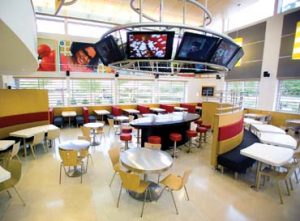Big Macs, french fries, the Hamburglar and that iconic double-mansard roof – few brand details have become as familiar in this country as McDonald's.
But after 36 years, the Golden Arches is getting a makeover to support the fast-food giant's reimaging strategy, “Forever Young,” which was introduced in 2003. That makeover stretches from McDonald's marketing message and menu choices to its development strategy and restaurant design.
“There's not an age that defines 'Forever Young,' ” says John Miologos, vp, worldwide architecture, design and construction, McDonald's Corp. “It is a feeling, an environment, an experience that we all live in, that gives us 'Forever Young.' ”
At the company's new Spring Road flagship, which opened last year in Oak Brook, Ill., McDonald's showcases the design elements that it sees as relevant to its 21st Century restaurant experience. And technology plays a big role in that experience.
Inside the dining room, a “video wheel” housing 14 plasma screens hangs from the double-height ceiling. Currently, McDonald's is using those screens to entertain customers with general news, weather and informational programming, interspersed with its own brand messaging. But Miologos says the fast-food chain is also looking at how it can further leverage the audiovisual technology in its restaurants.
Peter Dixon, creative director at Lippincott Mercer (New York), the firm that partnered with McDonald's on the restaurant design, says digital media help McDonald's create a social and entertaining atmosphere that invites customers to linger, while strengthening its affinity with younger customers.
“Americans like to watch TV, so it's a way of making it comfortable for people to have their meal and have a little video entertainment on the side,” says Dixon.
Though a flagship restaurant, Spring Road won't necessarily be the prototype for future installations. Max Carmona, senior director, restaurant design, McDonald's USA, says most McDonald's restaurants can't accommodate the impressive size of the Spring Road plasma display. But, the company still sees the technology as important to its reimaged design. So it plans to introduce one or two plasma screens into some new, rebuilt or reimaged restaurants over the next year.
“Plasma screens make the restaurant feel a little more contemporary and relevant,” says Carmona.
Other technologies have also been incorporated to give customers a convenient and consistent McDonald's experience, whether in Las Vegas or Boston.
Recently, McDonald's developed an integrated POS system so that its 13,700 U.S. restaurants operate under the same system, accepting credit cards, debit cards and the re-loadable Arch Card (McDonald's new gift/convenience card). McDonald's is also exploring the use of contactless payment systems in the U.S.
In addition, more than 7000 McDonald's locations now offer wi-fi to customers, and last year the company partnered with Nintendo to offer free Internet access to customers with a Nintendo DS wireless gaming system – both attractions designed to promote longer visits with young, tech-savvy customers.
Looking ahead, the company is also exploring the idea of zoned music systems that would play specific genres and music lists.
While technology brings an energetic and modern vibe to Spring Road, other components of the restaurant design are also delivering on that “Forever Young” promise, including contemporary furniture, lighting, decor and new lifestyle graphics and artwork.
Inside the main dining area, diners sit on plush lounge chairs, red bar stools or upholstered booths. Tabletops are adorned with white, metallic or warm wood laminate tops. Natural lighting in the double-height space is accented by fashionable pendant lights and downlights.
Carmona says this comfortable environment is complemented by a new zone seating arrangement designed to meet diners' various needs. “Parts of our restaurant are intended for our customers who choose to run in for a quick lunch, and there are also areas for those customers who want more time,” he says.
For instance, the booths and tables in the general dining area can be rearranged for families and groups, while an oval-shaped communal table offers flexible seating for single diners or those there for a quick bite. And those looking to enjoy a cup of java and an Egg McMuffin over the morning paper can choose one of the upholstered lounge chairs on the mezzanine level.
A new graphics system hanging on the walls also brings McDonald's youthful mantra to life, including large-scale imagery from McDonald's “i'm lovin' it” brand campaign.
“The graphics and artwork make the environment more engaging and emotional,” says Dixon. “Graphics are becoming another tool that retailers are using to reinforce their quality message and bring the brand essence to life.”
Perhaps the most profound change in McDonald's reimaging campaign is the fa�ade. Gone are the double mansard roof, red trim and bright neon arches. Spring Road features a gently curving yellow roof, natural stone and terracotta-colored brick, metallic silver aluminum panels and striped yellow canopies.
“These elements communicate a more quality restaurant experience, but play off some of the strong equities of the McDonald's brand,” says Miologos.
Back in 1969, when the mansard roof design was introduced, McDonald's was responding to changes in customers' dining needs, from walk-up diner to restaurant. Today, the Golden Arches are once again responding to changing customers' needs with a dining experience that provides not only a place to eat, but a place to gather, hang out, work, meet – and watch the news.
Client: McDonald's Corp., Oak Brook, Ill.
John Miologos, vp, worldwide architecture, design and construction, McDonald's Corp.
Max Carmona, senior director, restaurant design, McDonald's USA
Tony Pagliuca, senior architect
Dale Dockery, lead kitchen design
Libby Fisher, area construction manager
Design: Lippincott Mercer, New York
Peter Dixon, creative director
Outside Design Consultants: JBI, Long Beach, Calif. (furniture)
Interior Systems, Columbus, Ohio (interior design)
Prizim Lighting, Dublin, Ohio (lighting design)
The Brickman Group, Long Grove, Ill. (landscape architecture)
Bollinger & Lach, Oak Brook, Ill. (civil engineer)
Artwork & Graphics: McDonald's Creative Services, Oak Brook, Ill.
Brick: Illinois Brick Co., New Lenox, Ill.
Ceiling Systems: Armstrong World Industries Inc., Chicago
Elevator: Otis Elevator Co., Chicago
Exterior Stone: Buechel Stone, Fond du Lac, Wis.
HVAC Systems: York, York, Pa.
Interior Wall System: Marlite, Dover, Ohio
Kitchen Equipment: H&K Dallas, Dallas
Plasma Screens: L.G. Electronics, Naperville, Ill.
Seating: Luminaire, Chicago
Signage: Imagepopint, Knowville, Tenn.
Storefront: Meyer Glass, Kawneer System, Michigan City, Ind.
Wallcoverings: MDC, Elk Grove, Ill.
Photography: McDonald's Corp., Oak Brook, Ill.

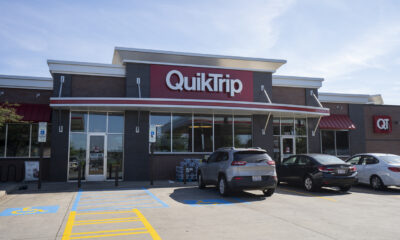
 Headlines2 weeks ago
Headlines2 weeks ago
 Headlines2 weeks ago
Headlines2 weeks ago
 Headlines3 days ago
Headlines3 days ago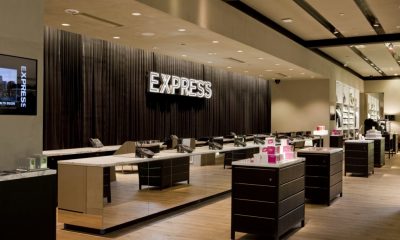
 Headlines5 days ago
Headlines5 days ago
 Headlines4 days ago
Headlines4 days ago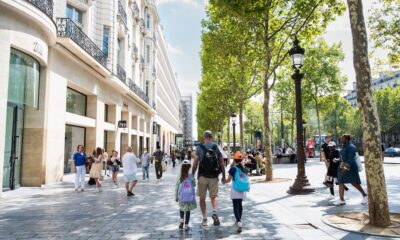
 Headlines1 week ago
Headlines1 week ago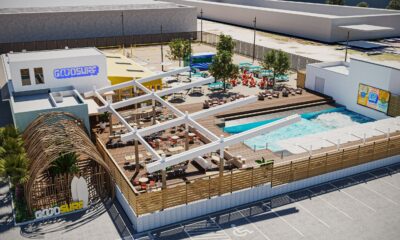
 Headlines1 week ago
Headlines1 week ago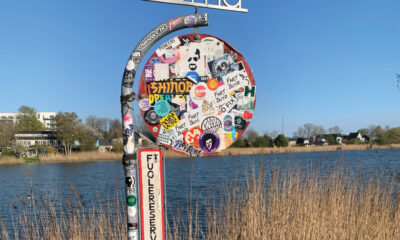
 NEXT UX2 weeks ago
NEXT UX2 weeks ago


